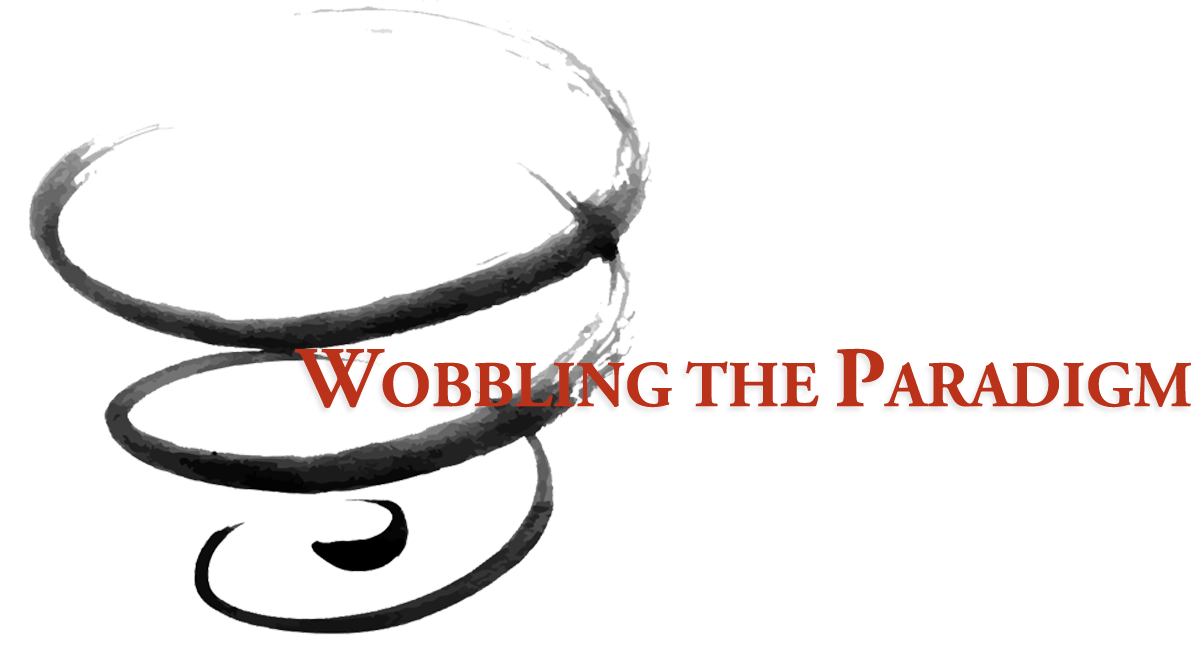
Wobbling the Paradigm is a program built on the principle that art making in any arena can have for the collective, an evolutionary edge. Anavami Studio offers circles to work this edge in the studio with Marking Emerging from the Field, where process surpasses product. Finished pieces often surprise, measured by an authenticity and power to evoke, rather than a completed construct in the traditional sense. The process is about expanding our experience to open to new ways of perceiving, reconsidering what we have habitually called reality. Participants in this work without any art background have found they can go to the core of the creative process while learning techniques and design principles attuning the experience as they develop their own sense of process, which influence conceptualizing and perceiving the world around them.
Underworld
Understanding the Underworld beyond the archetypal and mythical is to bring it into the everyday life of challenge, upheaval and change. It is very much connected to the Shadow, that part of ourselves that we unknowingly disown, to project on to others. As we work with the psyche somatically through visual arts truths are revealed about ourselves that can be uncomfortable but are extremely valuable in enlarging our world. This is not a psychological process, it connects the dots in new ways. Art-practice is a kind of re-wiring where the journey can be experienced, if not explicitly by others.
Marking into Being pushes habitual ways we perceive, allowing a greater connection to each other, the environment and ourselves through art-practice. For example, in the Tactile Portrait marking approach, a drawing board is layered with tissue paper taped down and stabilized to one side out of eye contact. With eyes closed for concentration, one hand feels the face slowly while in synchronization the other hand translates what is felt onto the paper. It is important not to imagine your face visually but feel the information the face conveys tactically as you mark with the opposite hand. Switching hands allows a different kind of information to be related. As you do it over time there is more room for creativity. Various approaches revisit the idea of not looking, tearing off marked tissue to go to the next when it feels complete. Torn and collaged overlapping marked tissues with additional marking on the substrate create images and meanings beyond what the mind alone could conjure.
Check out this video I developed talking about how painting can explore paradigms that limit and constrict creativity. It is influenced by practice rooted in Japanese cultural disciplines and supported by the movement of cultural evolution. We see stages of 11 painters painting and their comments as we explore the process.
The first video shows some examples of the marking approaches in Marking into Being. The second video is an introduction to Studio Anavami.